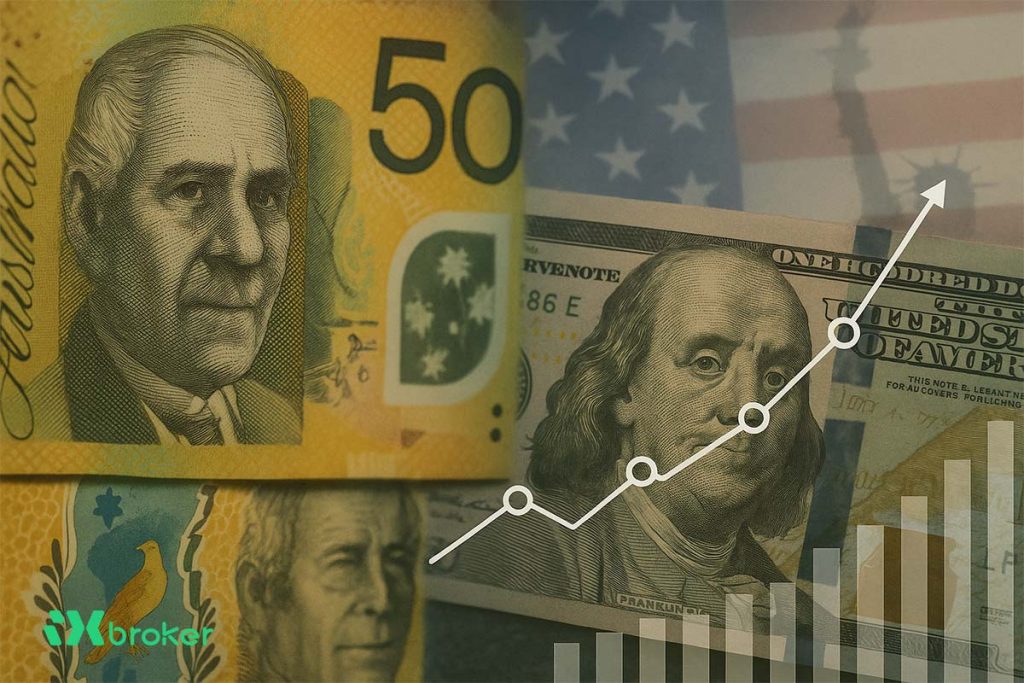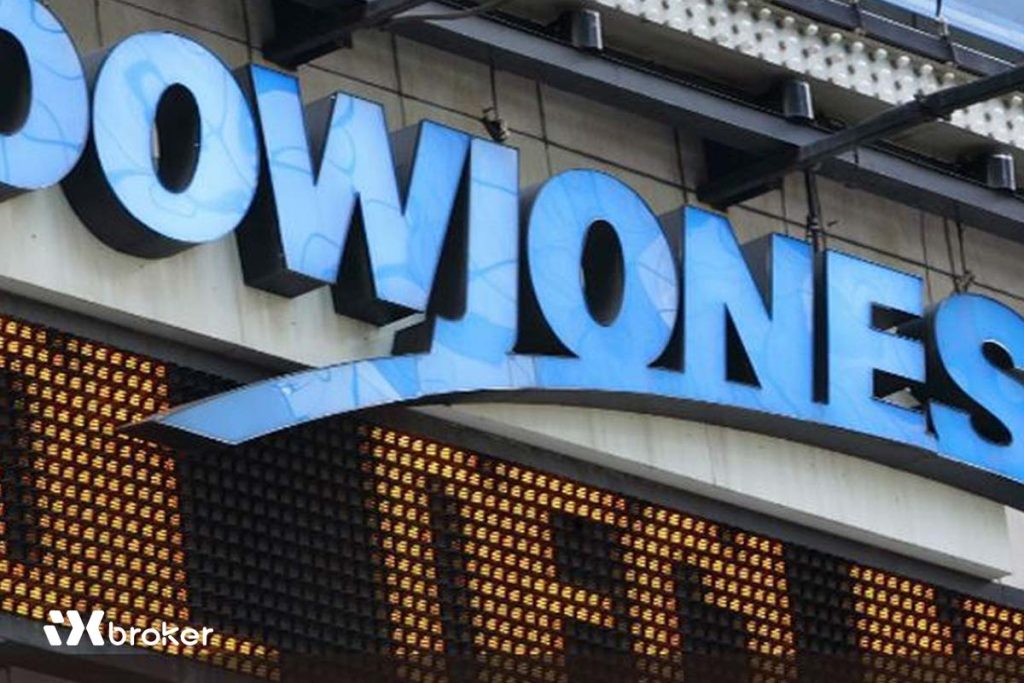The Australian Dollar (AUD) strengthened against the US Dollar (USD) on Monday, rising 0.67% to around 0.6550, as renewed optimism over US–China trade relations lifted investor sentiment toward risk-sensitive currencies.
Hopes for progress between the world’s two largest economies grew after US Treasury Secretary Scott Bessent confirmed that Washington would not proceed with the recently proposed 100% tariffs on Chinese imports.
In response, Chinese Premier He Lifeng announced that Beijing would suspend export restrictions on rare earth materials. The comments, made following a bilateral meeting on the sidelines of the ASEAN summit in Malaysia, reignited optimism for a sustainable trade agreement.
Australian economy benefits from trade optimism
The easing of trade tensions is particularly supportive for Australia’s economy, which is heavily dependent on exports to China. A more stable trading environment between Washington and Beijing tends to boost demand for commodities and, by extension, the Australian Dollar.
Focus shifts to Australia’s CPI and RBA policy
Attention now turns to Australia’s third-quarter Consumer Price Index (CPI) data, due Wednesday, which will provide key insights into the Reserve Bank of Australia’s (RBA) policy outlook.
During a speech on Monday, RBA Governor Michelle Bullock reiterated the central bank’s commitment to “bringing inflation down while keeping employment very satisfying,” and expressed confidence that the labor market could strengthen as early as next month.
US Dollar weakens ahead of Fed decision
Meanwhile, the US Dollar remains under pressure as markets increasingly anticipate a rate cut from the Federal Reserve (Fed) at Wednesday’s policy meeting, with another reduction potentially following in December. Softer US inflation data for September have reinforced expectations of monetary easing.
Analysts at Brown Brothers Harriman noted that “the Australian Dollar leads the G10 pack on improving US-China trade prospects and RBA Governor Bullock’s hawkish tone,” adding that markets have reduced the probability of an RBA rate cut in November to just 25%.



